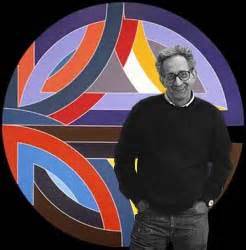I work for Salaam Cultural Museum (SCM), a non-profit organization that provides humanitarian and medical aid to Syrian refugees. We raise money and collect donated goods to help the refugees in Jordan and Greece, and send humanitarian mission teams to Greece on an ongoing basis. It also has a private collection of cultural items from the Middle East and North Africa that is loaned out for special events. I also work for Caravan-Serai Tours, specializing in travel and tours to the Middle East and North Africa, and shares the office with SCM. A few times a year I get to travel to the region either with tour groups or for a mission.
What inspires you to do the kind of work you do?
Making jewelry is a creative outlet that is different from my “day job” and gives me a way to exercise the other side of my brain. I’ve always liked to make things and to be crafty. I think it runs in the family – my mother has a craft room that is packed with supplies for all kinds of things. My grandmother always had things for us to do and one of my favorite things to get into when we would visit were the giant jars (2+ gallon glass pickle jars!) of buttons and miscellaneous beads that she let us play with.
Do you look up to anyone? Who? Why?
There are numerous people I look up to and admire. I admire their perseverance, entrepreneurship, and ability to bounce back from adversity. Several people come to mind so I would name one individual, but I look up to people who are fair, determined, creative, can think out of the box, and who get things done.
What other passions do you have in your life?
I really enjoy the art of wine and cider making. We make our own hard cider at home that is winning awards in amateur competitions. We enjoy learning from other wine makers, visiting their wineries, and also trying out other new and different beverages that are locally made, hand crafted, have unique characteristics, and quality ingredients.
How do you promote your work?
I am just starting out so I have promoted my work through my friends and family and shown it just a few times. I have posted various pieces on Facebook and Instagram.
In the future I’d like to be…
The owner of my own business. I have a few ideas and just need to decide what exactly I will do and finalize my plan.
























